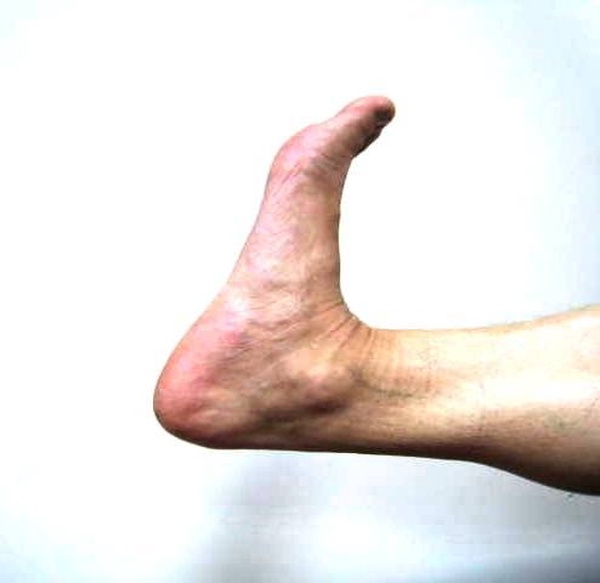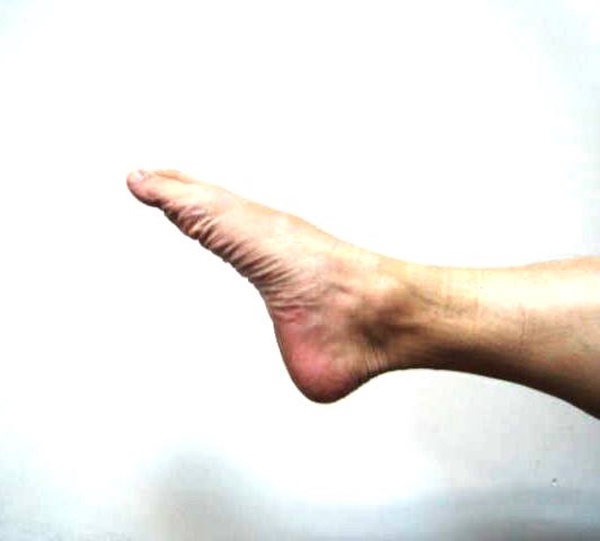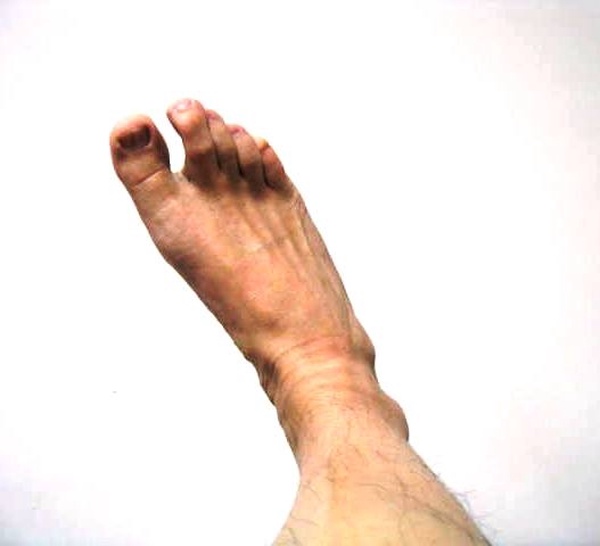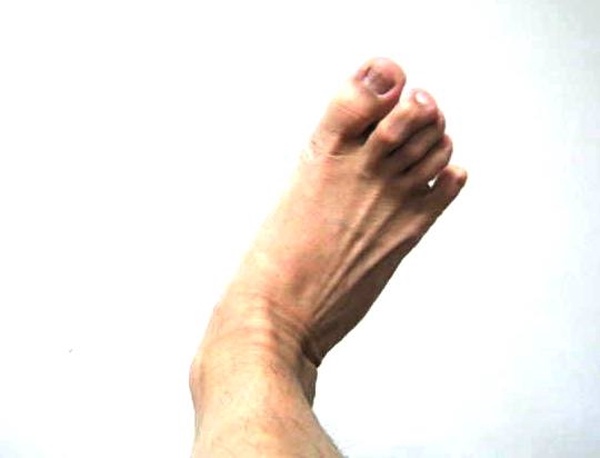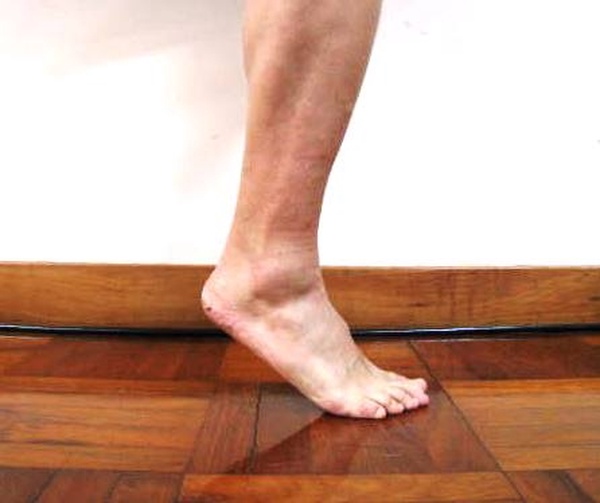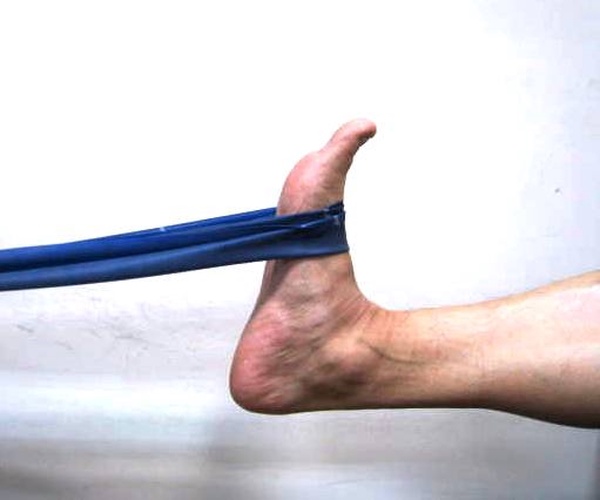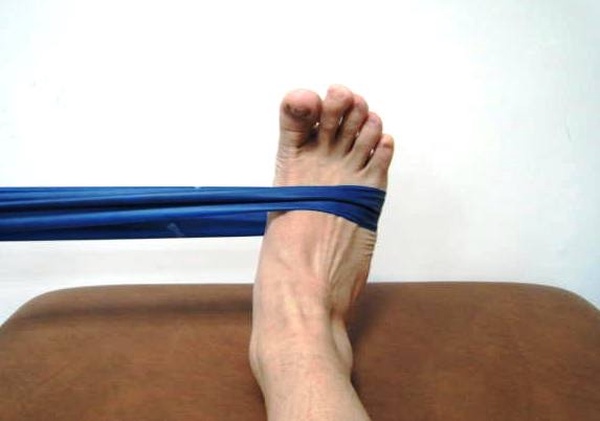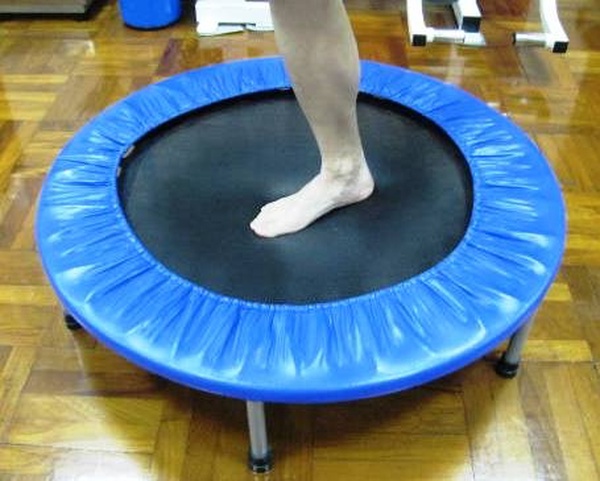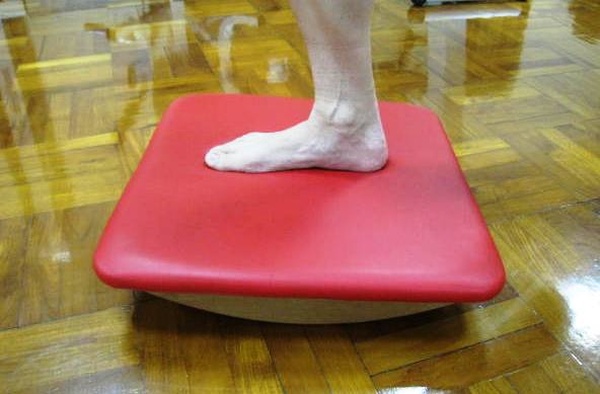Preface
Ankle sprain, or achilles tendon rupture is the most common type of sport injuries. The most frequently occurring ankle sprain is lateral ligament damage or even rupture caused by excessive ‘inward strain, followed by swelling and inflammation.
During the acute phase after the ankle sprain, PRICE treatment, which stands for protection, resting, ice, compression and elevation should be provided.
Rehabilitation phase featuring physiotherapy follows the acute phase. During this period, physiotherapists apply medical devices releasing physical factors including ultrasound, interferential current and hyperthermia to relieve pain, speed up blood circulation and heal the injured tissues. Most important of all, physiotherapists also instruct patients to practice rehabilitation exercises. Most people have the wrong idea that as soon as the injured area no longer swells or causes pain, they have already recovered. Since then, they forget to carry out rehabilitation exercises. However, this may lead to recurring ankle sprains, decline of muscle strength and poor balance. Therefore, rehabilitation exercises are essential to full recovery from ankle sprain.
After the rehabilitation phase comes the exercising phase again. A series of functional activity trainings aiming at improving reaction and agility is necessary before exercising again. They include jumping, running around, quick stopping, changing position and zigzag running at a shape of ‘8’. When patients begin to exercise as usual, they are suggested to wear ankle braces or use strappings to support the ankle in order to prevent recurrent sprain injuries.
Rehabilitation exercises of ankle sprains include range of motion exercise for ankle, muscle strength training and proprioception training.
I. Range of Motion Exercise for Ankle
- Practice range of motion exercise for ankle by dorsiflexion (fig. 1), plantar flexion (fig. 2), inversion (fig. 3), eversion (fig. 4) and circular movements for 20 times each.
II. Muscle Strength Training
- Tiptoe on one or both of your legs. Repeat the movement (fig. 5)for ten times as one group and three groups are required.
- Putting the foot through a resistance band, practice dorsiflexion (fig. 6) and eversion (fig. 7). Stretch the ankle as far as possible and hold the foot at your limit for 10 seconds after each movement. Repeat this series of exercises for 10 times. This resistance training can strengthen muscles around the ankle joint.
III. Proprioception Training
- Stand on a bounding table(fig. 8) or balance board(fig. 9) on one foot. Then, work out a series of balance exercise to stimulate the reaction balance of the ankle ligaments in hope of improving stability and sense of balance.


